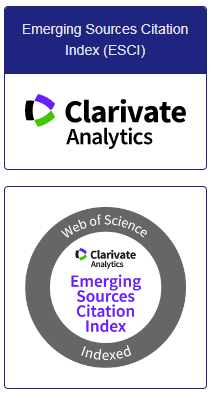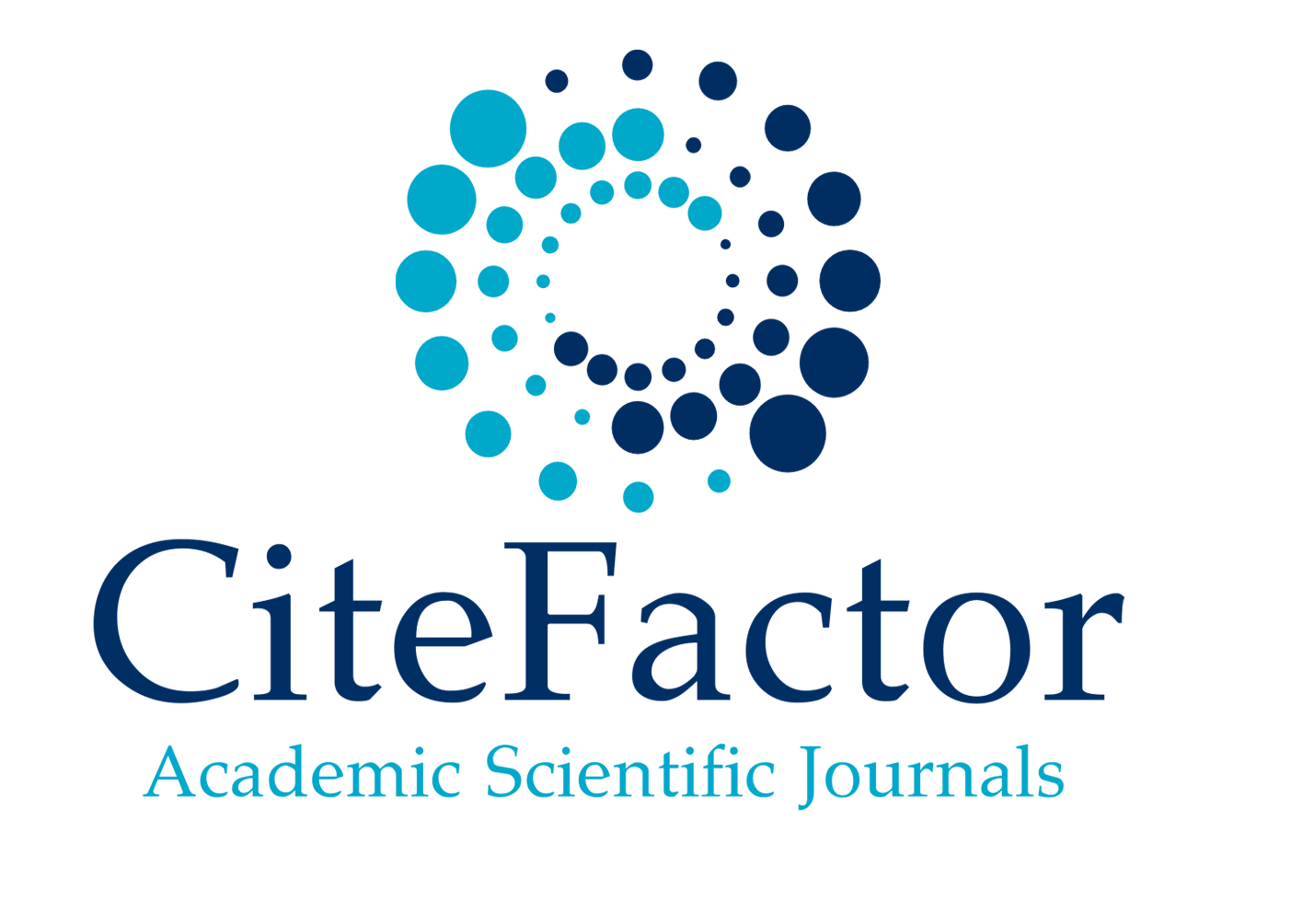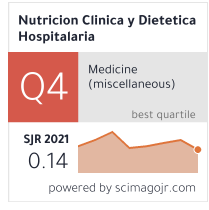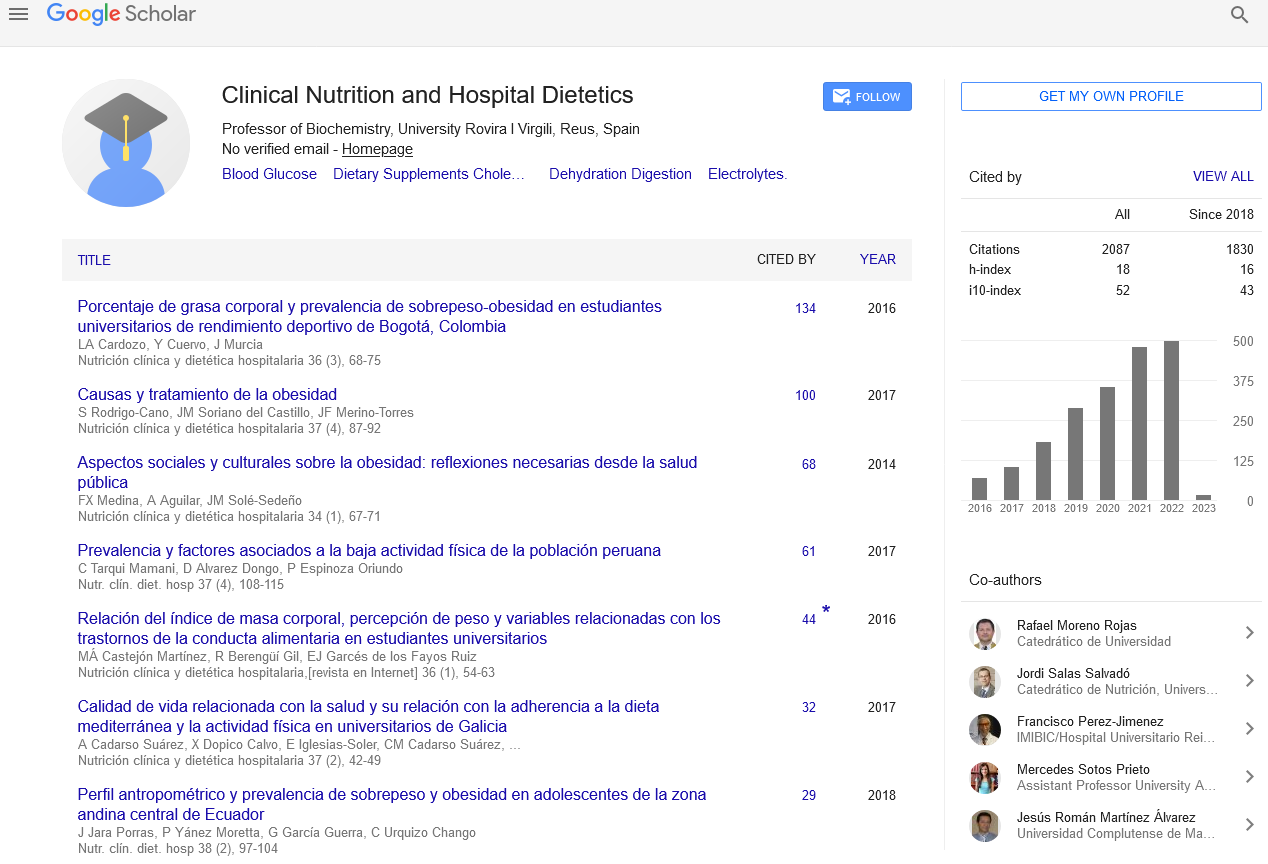Interpreting nutrition through assessment techniques
Commentary - (2023) Volume 43, Issue 4
Received: 21-Nov-2023, Manuscript No. CNHD-23-123744; Editor assigned: 23-Nov-2023, Pre QC No. CNHD-23-123744 (PQ); Reviewed: 07-Dec-2023, QC No. CNHD-23-123744; Revised: 14-Dec-2023, Manuscript No. CNHD-23-123744 (R); Published: 21-Dec-2023, DOI: 10.12873/0211-6057.43.04.214
Description
Nutrition plays a pivotal role in maintaining overall health and well-being. A balanced diet is essential for proper growth, development, and disease prevention. To evaluate an individual’s nutritional status, healthcare professionals employ various nutrition assessment tools. These tools help in identifying nutritional deficiencies, excesses, or imbalances, allowing for personalized interventions to improve health outcomes.
Anthropometric measurements
Anthropometric measurements are fundamental in assessing an individual’s body composition and nutritional status. These measurements include height, weight, Body Mass Index (BMI), waist circumference, and skinfold thickness. BMI, calculated by dividing weight in kilograms by the square of height in meters, is a widely used tool to categorize individuals into underweight, normal weight, overweight, or obese. Anthropometric measurements provide valuable information about body fat distribution, helping healthcare professionals identify risks associated with obesity or malnutrition.
Dietary assessment
Dietary assessment tools focus on evaluating an individual’s food and nutrient intake. These tools can be qualitative or quantitative and include methods such as food diaries, 24-hour dietary recalls, and food frequency questionnaires. Food diaries involve recording all food and beverage intake over a specified period, providing a detailed account of dietary habits. 24-hour dietary recalls involve recalling all foods and beverages consumed in the past 24 hours. Food frequency questionnaires assess the frequency and quantity of specific foods consumed over a more extended period, offering insights into long-term dietary patterns. Dietary assessments help identify nutrient gaps and enable the development of targeted dietary recommendations [1-3].
Biochemical assessment
Biochemical assessment involves analyzing blood, urine, or other biological samples to evaluate nutritional status. Common biochemical markers include blood glucose levels, lipid profiles, hemoglobin, serum albumin, and micronutrient levels. These markers provide objective data on nutrient metabolism and absorption. For example, low hemoglobin levels may indicate iron deficiency anemia, while abnormal lipid profiles may suggest dietary imbalances contributing to cardiovascular risk. Biochemical assessment helps healthcare professionals diagnose and monitor nutritional disorders, guiding appropriate interventions [4-6].
Clinical assessment
Clinical assessment involves a comprehensive physical examination to identify signs and symptoms of nutritional deficiencies or excesses. Healthcare professionals examine the skin, hair, nails, and mucous membranes for signs such as pallor, dryness, or lesions. Additionally, clinical assessment may include evaluating muscle and fat distribution, assessing neurological function, and examining the eyes for signs of nutrient-related conditions. Clinical assessment enhances the understanding of an individual’s overall health and aids in identifying specific nutritional needs [7].
Nutritional screening
Nutritional screening tools are designed to quickly assess an individual’s risk of malnutrition. These tools are often used in clinical settings to identify individuals who may benefit from further assessment and intervention. The Malnutrition Universal Screening Tool (MUST) is a widely used screening tool that considers BMI, unintentional weight loss, and acute disease effect on nutritional intake. Nutritional screening tools help healthcare professionals prioritize individuals at risk, ensuring timely and targeted interventions to prevent or address malnutrition [8-10].
Limitations and considerations
While nutrition assessment tools are valuable, they have limitations that healthcare professionals must consider. Self-reported dietary data, as obtained through food diaries or questionnaires, may be subject to bias and inaccuracies. Additionally, certain conditions or medications can influence biochemical markers, requiring a holistic approach to interpretation. Cultural, socioeconomic, and individual factors also play a significant role in influencing dietary choices and nutritional status, emphasizing the importance of personalized assessments.
Comprehensive nutrition assessment tools are essential for evaluating an individual’s nutritional status and guiding interventions to promote optimal health. Anthropometric measurements, dietary assessments, biochemical markers, clinical evaluations, and nutritional screening tools collectively provide a holistic view of an individual’s nutritional health. By combining these tools, healthcare professionals can tailor interventions to address specific needs, prevent nutritional deficiencies, and promote overall well-being.
References
- Veen AV, Gebrehiwot T. Effects of policy interventions on food security in Tigray, northern Ethiopia. Ecol Soc. 2011; 16(1):1-7.
- Kaluski DN, Ophir E, Amede T. Food security and nutrition–the Ethiopian case for action. Public health nutrition. 2002; 5(3):373-81.
- Kumasi TC, Asenso-Okyere K. Responding to land degradation in the highlands of Tigray, Northern Ethiopia. Int Food Policy Res Inst. 2011; 1142:44.
- Mahdavian SE, Somashekar RK. Heavy metals and safety of fresh fruits in Bangalore city. Int J Appl Sci Eng Technol. 2008; 4(1):17-27.
- Habib HR, Awadh SM, Muslim MZ. Toxic heavy metals in soil and some plants in Baghdad. Iraq J Al-Nahrain University. 2012; 15(2):1-16.
- World Health Organization. Exposure to cadmium: a major public health concern. 2019.
- Jacobs DE. CIH. The health effects of lead on the human body. 1996.
- Nouri J, Khorasani N, Lorestani B, Karami M, Hassani AH, Yousefi N. Accumulation of heavy metals in soil and uptakeby plant species with phytoremediation potential. Environ Earth Sci 2009; 59: 315-323.
- Rahman SH, Khanam D, Adyel TM, Islam MS, Ahsan MA, Akbor MA. Assessment of heavy metal contamination of agricultural soil around Dhaka export processing zone. Appl Sci 2012; 2: 584-601.
- Kalembkiewicz J, Soco E. Investigations of sequential extraction of chromium from soil. Pol J Environ Stud 2002; 11(3): 245-250.
Author Info
Freitas AGUILAR*Copyright: This is an open access article distributed under the terms of the Creative Commons Attribution License, which permits unrestricted use, distribution, and reproduction in any medium, provided the original work is properly cited.
Google Scholar citation report
Citations : 2439
Clinical Nutrition and Hospital Dietetics received 2439 citations as per google scholar report
Indexed In
- Google Scholar
- Open J Gate
- Genamics JournalSeek
- Academic Keys
- JournalTOCs
- ResearchBible
- SCOPUS
- Ulrich's Periodicals Directory
- Access to Global Online Research in Agriculture (AGORA)
- Electronic Journals Library
- RefSeek
- Hamdard University
- EBSCO A-Z
- OCLC- WorldCat
- SWB online catalog
- Virtual Library of Biology (vifabio)
- Publons
- MIAR
- Geneva Foundation for Medical Education and Research
- Euro Pub
- Web of Science
Journal Highlights
- Blood Glucose
- Dietary Supplements
- Cholesterol, Dehydration
- Digestion
- Electrolytes
- Clinical Nutrition Studies
- energy balance
- Diet quality
- Clinical Nutrition and Hospital Dietetics




